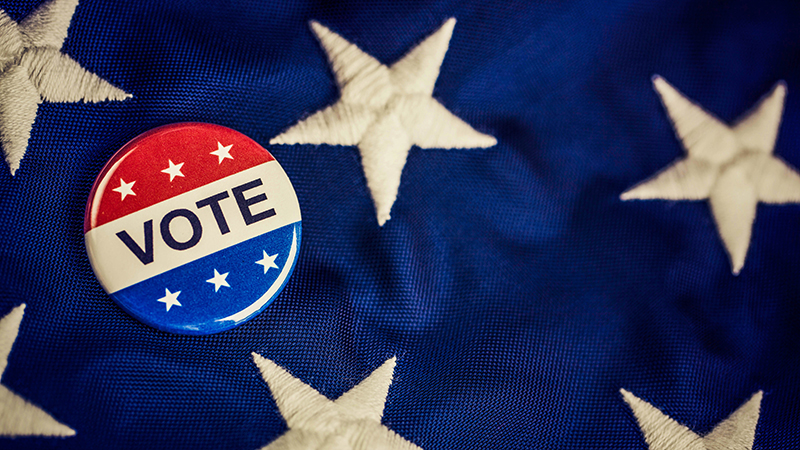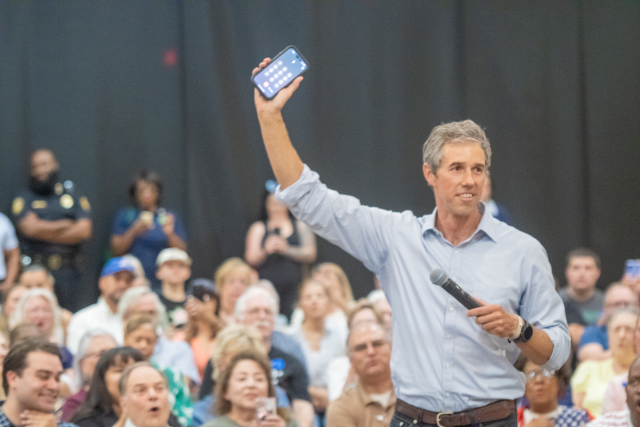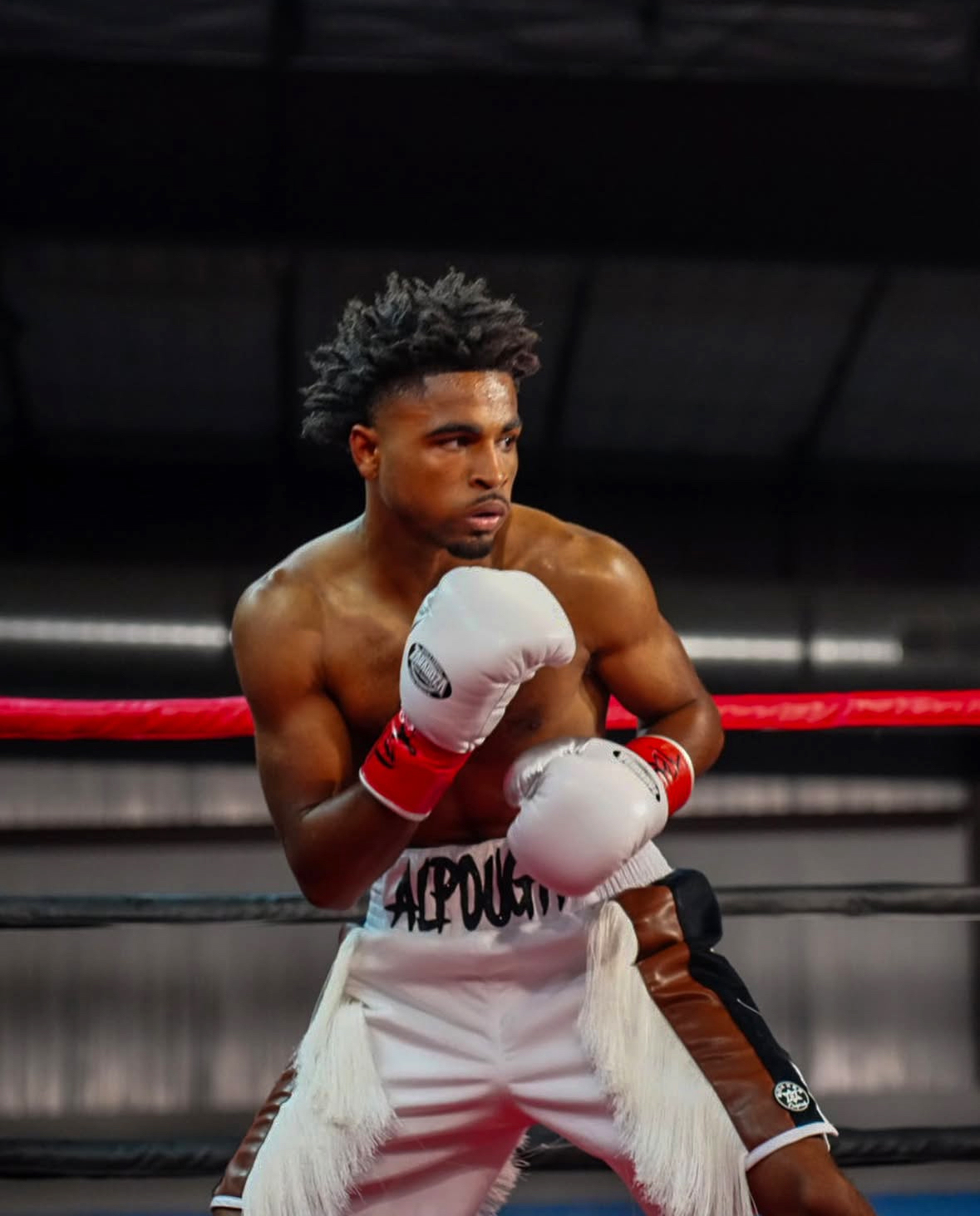Bridge City ISD residents to vote on bond election that includes building 2 new schools
Published 12:34 am Tuesday, March 15, 2022
|
Getting your Trinity Audio player ready...
|
The Bridge City ISD school board at its Feb. 14 meeting voted 7-0 in favor of holding a Bond Election with two propositions on the ballot, including a new middle school and a Career and Technology facility at Bridge City High School, according to a release.
The idea for the new buildings arose when Bridge City ISD Superintendent Dr. Mike Kelly saw the elementary school having two portable buildings with four classes in the two classroom buildings. This prompted Kelly to start to plan a demographic study to forecast future growth in the district.
“That point was really what made me look at doing a demographic study and seeing what kind of growth we can see over the next several years,” he said. “Because what happens is, if you’re too late on building — the building process from a bond to the whole piece is about a three-year process. So, if you miss it, and you’re late, then all of a sudden, you’re going to go get portable buildings and putting them all over your district and portable buildings are one, very expensive, and two, not a great place to educate kids.”
According to the demographic study posted on the Bridge City ISD bond website, Bridge City ISD is forecasted to close roughly 25-35 new homes annually for the next 3-5 years and the district has more than 130 lots available to build on and more than 50 planned future lots. Kelly also said the study is forecasting an estimated 400 students, which he said is a very conservative number due to the Chevron-Phillips Chemical Expansion and Entergy Power plant that is estimated to add 350-520 permanent jobs to the local workforce, according to the study.
Fall 2021 enrollment was exceeding 3,100 students according to the study and the district is also expected to enroll more than 3,300 students by 2026/27 and more 3,500 by 2031/32.
Kelly said districts have to call bonds for larger projects such as the buildings as it is not something a district could possibly save enough money for in an efficient amount of time.
“The Texas Education Agency, the way that their school funding formulas are set up, it makes it that school districts have to go out for a bond for bigger projects,” Kelly said. “You can’t just save enough money to build a building. It would take you 60 years to save the money to build a building and so it just makes no sense.
“We’re wanting to build a new middle school, and then a new career and technology education, CTE building. These amounts, $57.7 million and $14.7 million, that’s not something you could ever save up in a fund balance. That’s the reasoning behind the bond, we have to go get taxpayers’ help.”
Kelly said the bond is different, addressing past concerns regarding BCISD bonds, as the propositions are all academics-related, the voters can vote on which proposition they want to pass (A or B or both) and that there will be more transparency.
Proposition A: New Bridge City Middle School
The new Bridge City Middle School will replace the current building that is 60 years old, as renovating and adding onto the existing middle school would cost approximately 80 percent of a new facility, according to BCISD.
The middle school is currently a financial drain for the district, Kelly said.
“There are daily struggles at that campus that we don’t have at our other campuses that are more modern,” Kelly said. “The pipes in the ground are clay pipes, so you can imagine we have collapsed pipes that are in our bathroom or in our electrical rooms. And they’re clay — I mean you don’t just switch out some PVC and fix it. Everything you go over there and fix is a challenge.”
Kelly and Technology Director Natasha Ray said the middle school, built in 1962, does not have the program capacity to teach the students the things the district teaches in a modern way.
“Every classroom is the same size; there’s cinderblock walls,” Kelly said. “It doesn’t matter if you sit in math or in science or in theater or in a science, technology, engineering and math (STEM) or a shop class where we have woodshop stuff down there at the middle school, they’re all out of the same classroom. It doesn’t have the setup to educate students like they need to be educated today.”
Ray said technology is a major factor the district is considering when looking into building a new middle school.
“I think it’s important for people to understand that we’re educating a 21st century learner, and whenever that school was built, it wasn’t built for the type of educating we are doing for our students now,” she said. “STEM classes didn’t exist. 3D printers didn’t exist. Wi-Fi access points didn’t exist and now we’re educating them today.”
Ray said the classroom dynamic has flipped dramatically since 1962.
“You go back to 1962 and you had a very teacher-centered classroom, and the teacher stood up at the front of a room and talked and the students absorbed,” she said. “Now we have a very student-centered classroom, where the students are involved and they learn collaboratively by working with not only other kids in their classroom, they can (also) meet with kids globally all over the world to learn things and that building is just not equipped to handle the kind of teaching that we’re doing today.”
Another factor Kelly discussed when it comes to renovating the middle school, is the cost to put students in portable buildings while the building is in the renovation process.
“We’ve looked at rebuilding the middle school versus building new,” he said. “In rebuilding the middle school, it’s about 80 percent of the cost of just building the building new and part of that is because over $10 million is what it would cost for us to be in portable buildings while the renovations took place. It’s a terrible use of taxpayer money, but it’s just not a great option all the way around.”
The school will also be located across the street from the current Middle School campus and have a capacity of 900 students.
The proposed campus will be equipped with upgraded safety and security features and updated technology access and infrastructure and will have space for all programs, courses and support areas including a Media Center, Cafeteria, Fine Arts (Band Hall/Choir/ Performance Platform), CTE, Science Labs and Athletics (Gymnasiums/ Locker Rooms).
Proposition B: New Career and Tech (CTE) Facility
Due to a continually increasing CTE program, many CTE classes are being held in crowded, non CTE classrooms with inadequate resources, according to a school district release.
The proposed CTE building will house classrooms, storage and a commons area with locker rooms for programs such as metal shop, wood shop, engineering, family consumer science, certified nursing assistant, flower factory and audio/visual.
Kelly added a lot of the CTE classwork takes place in regular classrooms, old metal buildings behind the high school, which are not ideal for CTE coursework.
“We have, without a doubt, the most robust CTE program in this area,” Kelly said. “So, we want to be able to put our students in a building that matches what we’re teaching.”
Kelly said the high school also has an CTE partnership with Lamar State College Orange.
The building will also alleviate regular classrooms in the high school, therefore increasing the school’s capacity, according to a release and Kelly.
“We only have two classes in our entire district that are below 200 students, and those are juniors and our seniors and they’re at 195 for juniors and 198 for seniors,” Kelly said. “Our high school is already about 75 students over the maximum capacity of that high school so we’re all over the place. In the next two years when we graduate those two smallest classes, a 198 and 195 — our seventh and eighth graders behind them is about a 100-kid difference.
“So, in the next two years, we’re going to have 100 kids coming into the high school more than there (is) currently there. Now all of a sudden, we have a high school that’s over capacity by 175 students.”
Kelly said the new building will completely remedy this issue and allow for future growth.
“This CTE center allows us to put our students in a building that has correct resources, the correct machines, the things (the students) need to learn those trades correctly and give them a step up on all the students around (here),” he said. “The other thing it does — it opens up eight classrooms in our high school, so that right there is going to increase our high school capacity by well over 200 students by opening that up.”
Tax info
The estimated total yearly tax rate increase for proposition A is 16 cents, with proposition B at five cents and the two propositions combined being 21 cents.
The Bond propositions will have zero tax impact for senior citizens with an age 65 freeze and no significant home improvements.
Constituents can see their personal tax impact by using the tax calculator located at bridgecitybond.com.
Voting and more information
Early voting will take place April 25-29 from 8 a.m. – 5 p.m. and May 2-3 from 7 a.m. – 7 p.m. at Orange Public Library, Orange County Airport, Mauriceville Community Center and Raymond Gould Community Center.
The general election will take place May 7 from 7 a.m. – 7 p.m. at PCT 10 Winfree Baptist Church, PCT 13 Masonic Temple, PCT 23 Orangefield Cormier Museum, PCT 24 Bridge City High School, PCT 25 Bridge City Public Works Building, PCT 26 Bridge City Knights of Columbus Hall, PCT 28 St. Paul Methodist Church and PCT 30 Orange County Drainage District.
For more information, visit bridgecityisdbond.com or the BCISD social media accounts.
– Written by Tim Cohrs






